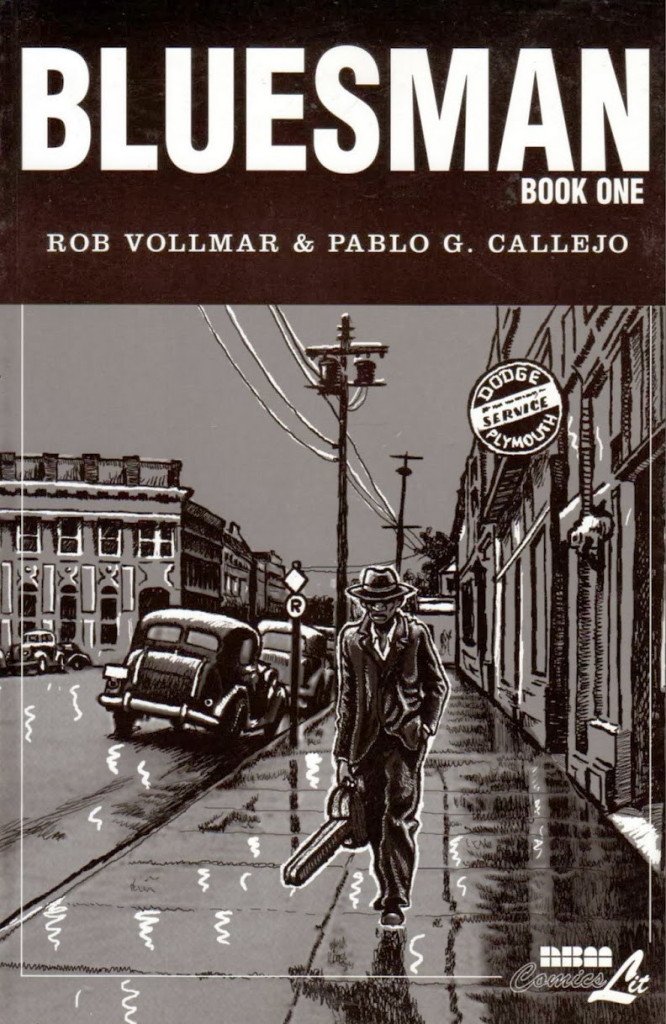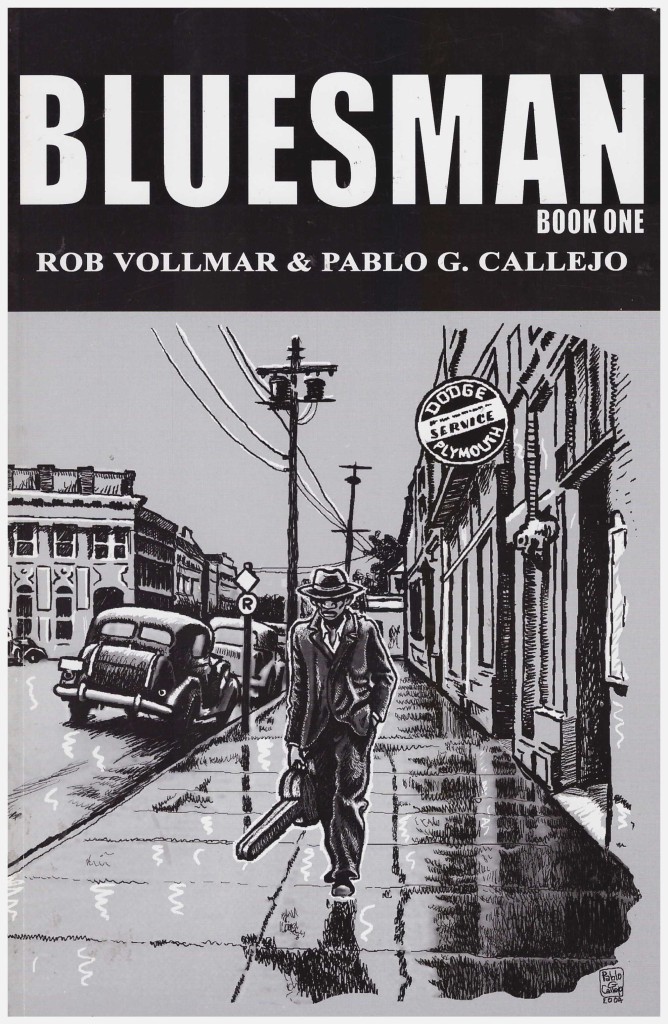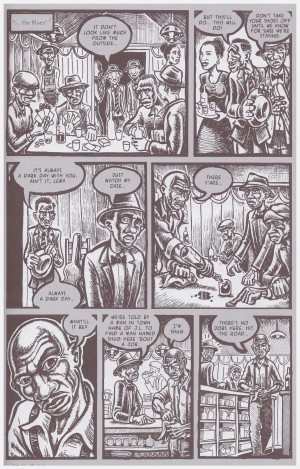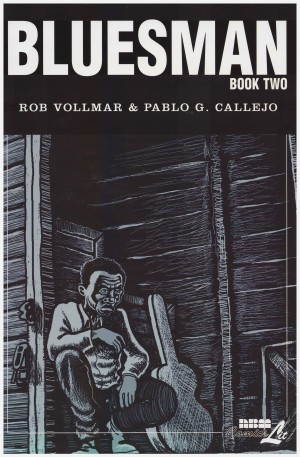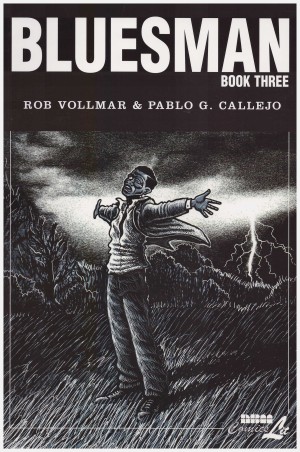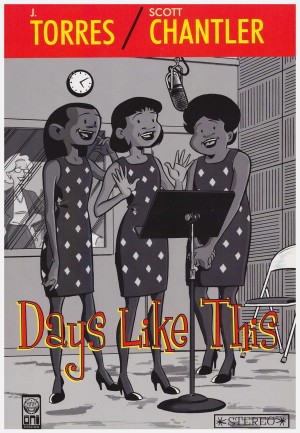Review by Frank Plowright
Bluesman has a long history from its initial self-publication in 2004 to 2008’s volume finally collecting all three original books between two covers. The experience for creators Rob Vollmar and Pablo G. Callejo may well have been a blues in itself.
Blues is the issue here, as we follow itinerant travellers Lem Taylor and Ironwood Malcott as Vollmar sets the scene brilliantly. In the deeply segregated society of the 1920s the pair have a lucky break when caught by a white farmer sleeping in his barn, but their welcome in a nearby black community is no warmer when many consider the blues to be the devil’s music. Taylor’s former preaching days stand the pair in good stead on both occasions. Directed to a juke joint on the edge of town, a good performance appears to signify an end to their days of scrubbing from town to town, as they’re offered the chance of recording in Memphis.
Callejo creates a fantastic atmosphere. His art’s more stylised than it will be by the conclusion as he develops considerably on Bluesman, but a matter remaining consistent is established from the opening page. Black is the predominant colour, not white, making each panel resemble a woodcut, and reflecting the predominant mood. He characterises the cast well, distinguishing them and bringing them to life via well depicted expressions and posture, and the moving story wouldn’t work nearly as well with a different artistic approach. This does mean taking the good with the bad, and where Callejo’s not as strong is with an early performing scene. Conveying music in comics is difficult, but the layout draws attention to suspect figurework as people dance around the room.
A narrative trick Vollmar plays well is the extensive use of well placed excerpts from faux books and articles about musical history, which has an unexpected payoff in the final volume. These emphasise the poverty, woes and tragedy that was the lot of the Delta bluesmen, the material that prompted their songs. Anyone expecting a happy ending, or more correctly chapter break, needs to find another series.
This opening volume of Bluesman isn’t perfect, but it’s a very strong statement from two relatively unknown and new creators. What they do well far outweighs the elements still needing work, and this is a remarkable introduction. Bring on Book Two.
